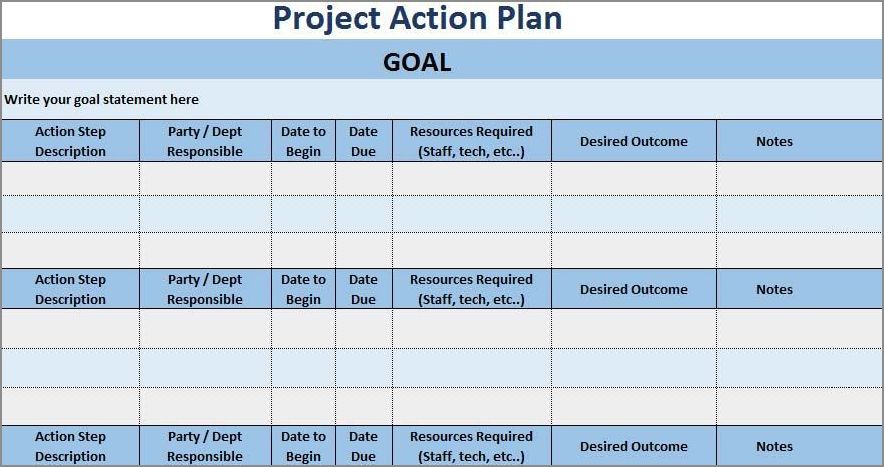
Starting a new project can be both exciting and overwhelming. Whether you are an individual or part of a team, having a well-thought-out action plan is crucial for ensuring the success of your project.
In this article, we will explore the key components of an effective action plan and provide you with practical tips to help you navigate the project management process.
What is an Action Plan for a Project?
An action plan for a project is a detailed roadmap that outlines the tasks, resources, and timeline needed to achieve project goals. It serves as a guide for project managers and team members, helping them stay organized, focused, and on track. By breaking down the project into manageable steps, an action plan allows for better coordination and collaboration among team members, ultimately leading to project success.
Why is an Action Plan Important?
An action plan is important for several reasons:
- Clarity: It provides clarity on project goals, objectives, and deliverables, ensuring that everyone is aligned and working towards the same outcome.
- Organization: It helps to organize tasks, resources, and timelines, making it easier to manage and track progress.
- Efficiency: It increases efficiency by breaking down the project into smaller, more manageable tasks, allowing for better resource allocation and utilization.
- Accountability: It assigns responsibilities and deadlines to team members, promoting accountability and ensuring that tasks are completed on time.
- Risk Management: It helps identify potential risks and challenges in advance, allowing for proactive mitigation strategies.
How to Create an Action Plan for Your Project
Creating an action plan for your project involves several key steps:
1. Define Project Goals and Objectives
The first step in creating an action plan is to clearly define the goals and objectives of your project. What do you want to achieve? What are the desired outcomes? Having a clear understanding of the result will help you create a roadmap to get there.
2. Break Down the Project into Tasks
Once you have defined your project goals, break them down into smaller, actionable tasks. Each task should be specific, measurable, achievable, relevant, and time-bound (SMART). This will make it easier to assign responsibilities and track progress.
3. Determine Task Dependencies
Some tasks may be dependent on the completion of others. Identify any task dependencies to ensure that the project flows smoothly and that there are no bottlenecks or delays.
4. Allocate Resources
Determine the resources needed for each task, such as human resources, equipment, and budget. Ensure that you have the necessary resources available and allocate them effectively to avoid any resource constraints.
5. Set Realistic Timelines
Estimate the time required to complete each task and set realistic deadlines. Consider any external factors or constraints that may impact the timeline, such as holidays or dependencies on other projects.
6. Assign Responsibilities
Assign responsibilities for each task to the appropriate team members. Communicate expectations, deadlines, and deliverables to ensure that everyone is on the same page.
7. Monitor and Track Progress
Regularly monitor and track the progress of your project to ensure that it stays on schedule. Use project management tools and techniques to keep everyone informed and updated on the project status.
8. Evaluate and Adapt
Periodically evaluate the progress of your project and make any necessary adjustments. Identify any challenges or roadblocks and develop strategies to overcome them. Continuous evaluation and adaptation are key to ensuring project success.
Example of an Action Plan
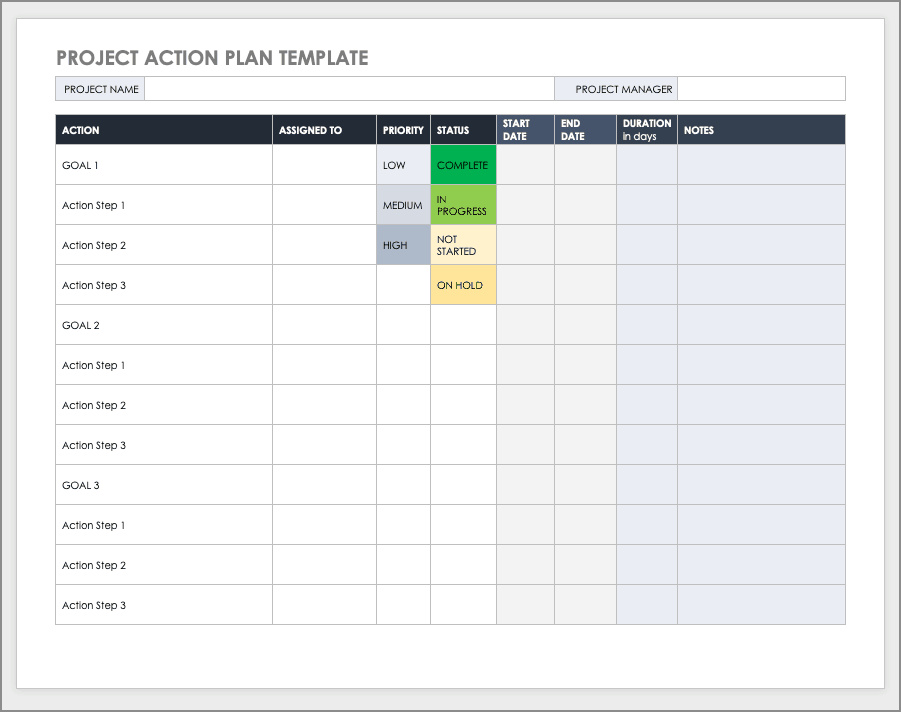
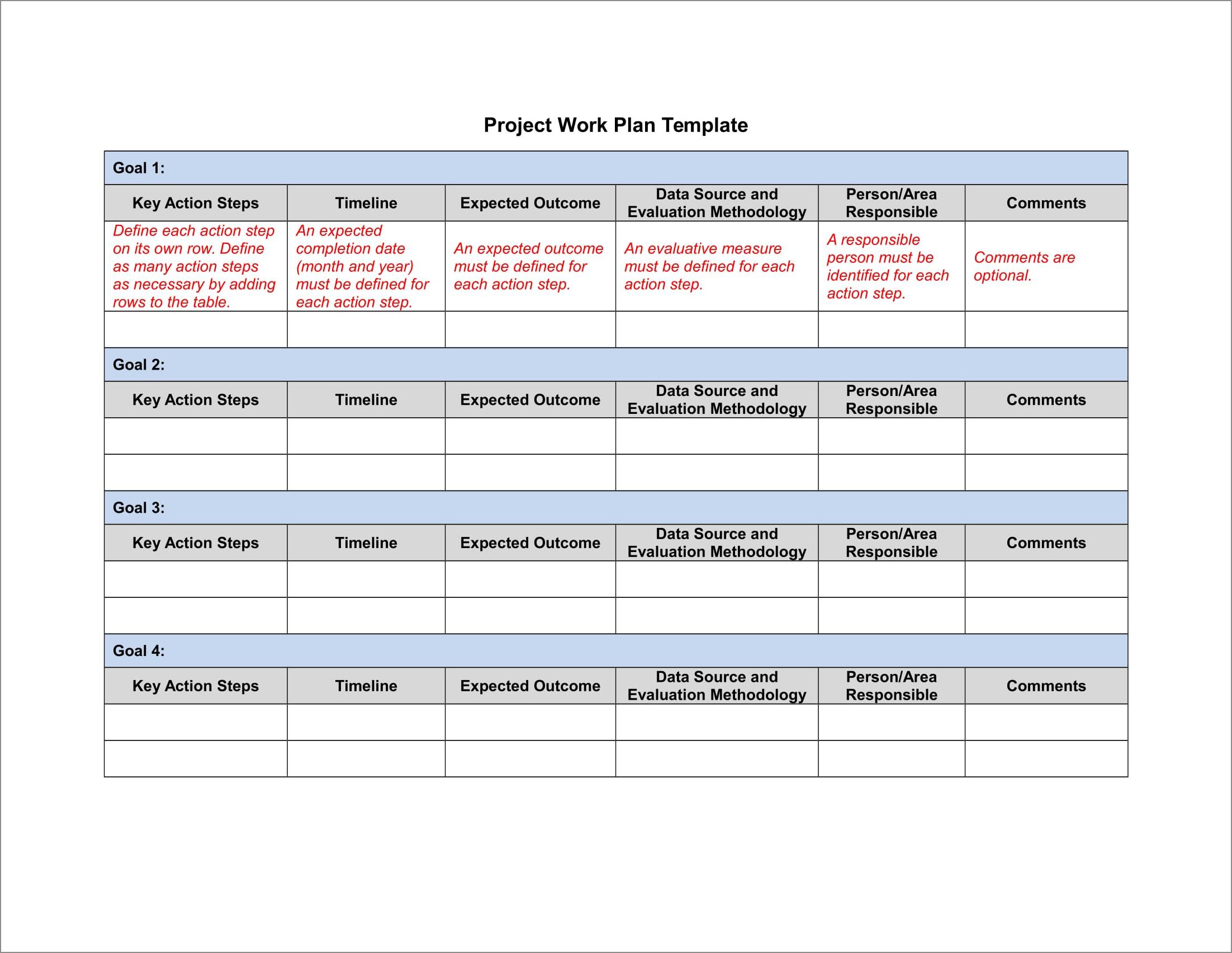
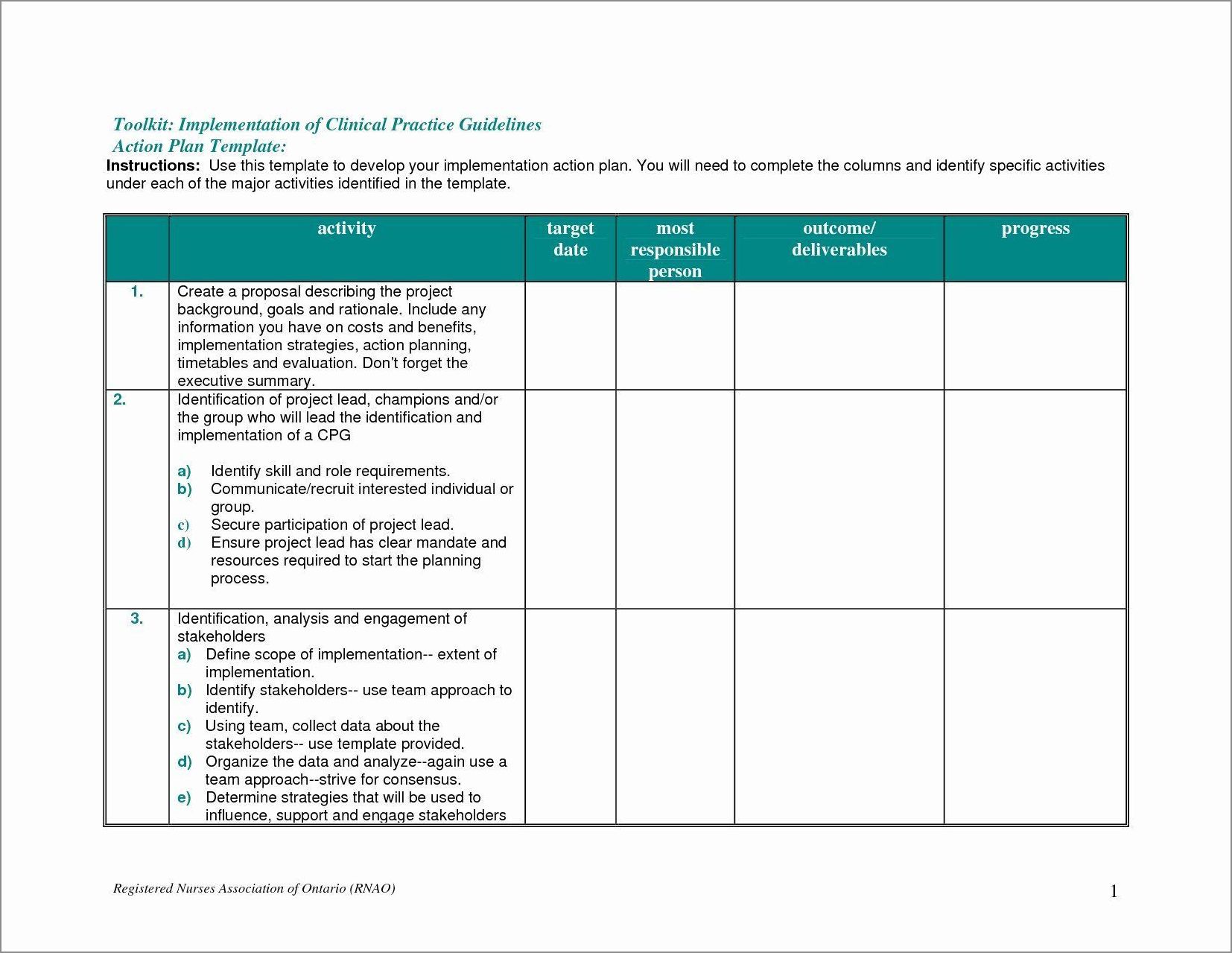
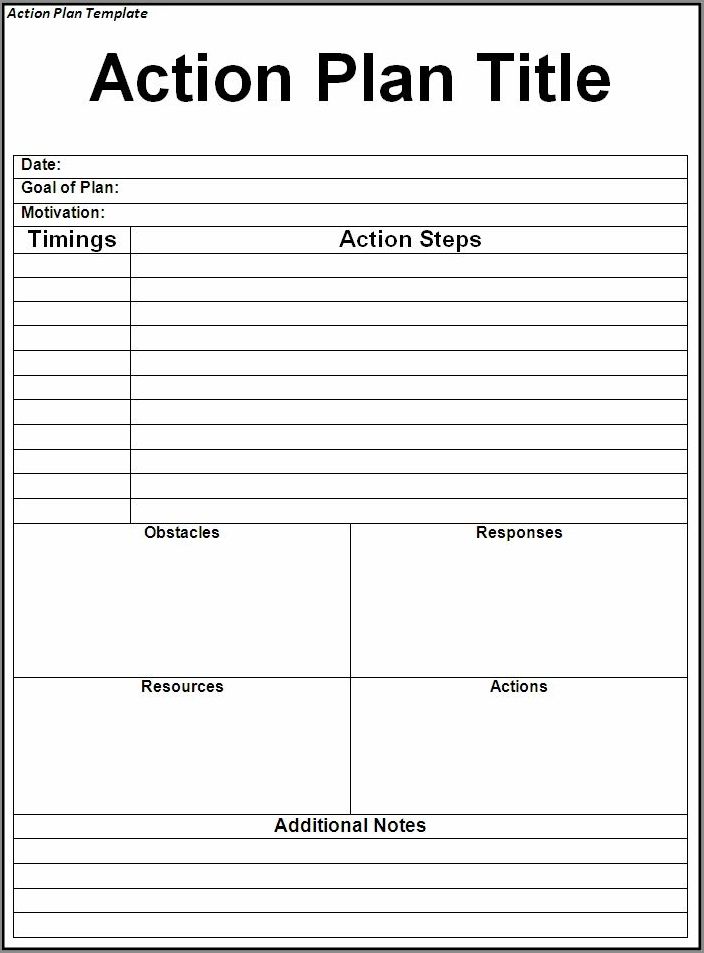
Let’s take a look at an example of an action plan for a software development project:
1. Define Project Goals and Objectives
Goal: Develop a new mobile application for iOS and Android platforms.
Objectives:
- Research and analyze market trends and user needs.
- Create a user-friendly and intuitive interface.
- Develop robust backend infrastructure and database.
- Conduct thorough testing and debugging.
- Launch the application on both iOS and Android platforms.
2. Break Down the Project into Tasks
Task 1: Conduct market research and competitor analysis.
Task 2: Define user requirements and create wireframes.
Task 3: Develop frontend UI/UX design.
Task 4: Build backend infrastructure and database.
Task 5: Implement frontend and backend integration.
Task 6: Perform testing and debugging.
Task 7: Launch the application on the iOS platform.
Task 8: Launch the application on the Android platform.
3. Determine Task Dependencies
Task 2 depends on the completion of Task 1.
Task 5 depends on the completion of Tasks 3 and 4.
Task 7 and Task 8 depend on the completion of Task 6.
4. Allocate Resources
Task 1: Market research team, competitor analysis tools.
Task 2: Business analyst, UX designer.
Task 3: UI designer, frontend developer.
Task 4: Backend developer, database administrator.
Task 5: Full-stack developer.
Task 6: Quality assurance team.
Task 7: iOS developer, App Store account.
Task 8: Android developer, Google Play Store account.
5. Set Realistic Timelines
Task 1: 1 week.
Task 2: 2 weeks.
Task 3: 3 weeks.
Task 4: 4 weeks.
Task 5: 2 weeks.
Task 6: 1 week.
Task 7: 1 week.
Task 8: 1 week.
6. Assign Responsibilities
Task 1: John (market research team lead).
Task 2: Sarah (business analyst).
Task 3: Emily (UI designer), Mark (frontend developer).
Task 4: Michael (backend developer), Lisa (database administrator).
Task 5: Alex (full-stack developer).
Task 6: QA Team.
Task 7: James (iOS developer).
Task 8: Olivia (Android developer).
7. Monitor and Track Progress
Use project management software to track the progress of each task, communicate updates, and monitor overall project status.
8. Evaluate and Adapt
Regularly review the project progress, identify any challenges, and make necessary adjustments to ensure that the project stays on track.
Conclusion
An action plan is a vital tool for successfully managing and executing a project. By following the steps outlined in this article, you can create an effective action plan that will guide you and your team toward project success. Remember to regularly evaluate and adapt your plan as needed, and don’t hesitate to seek feedback and input from your team members. With a well-structured action plan in place, you can confidently navigate the project management process and achieve your project goals.
Action Plan Template For Project | Excel – Download